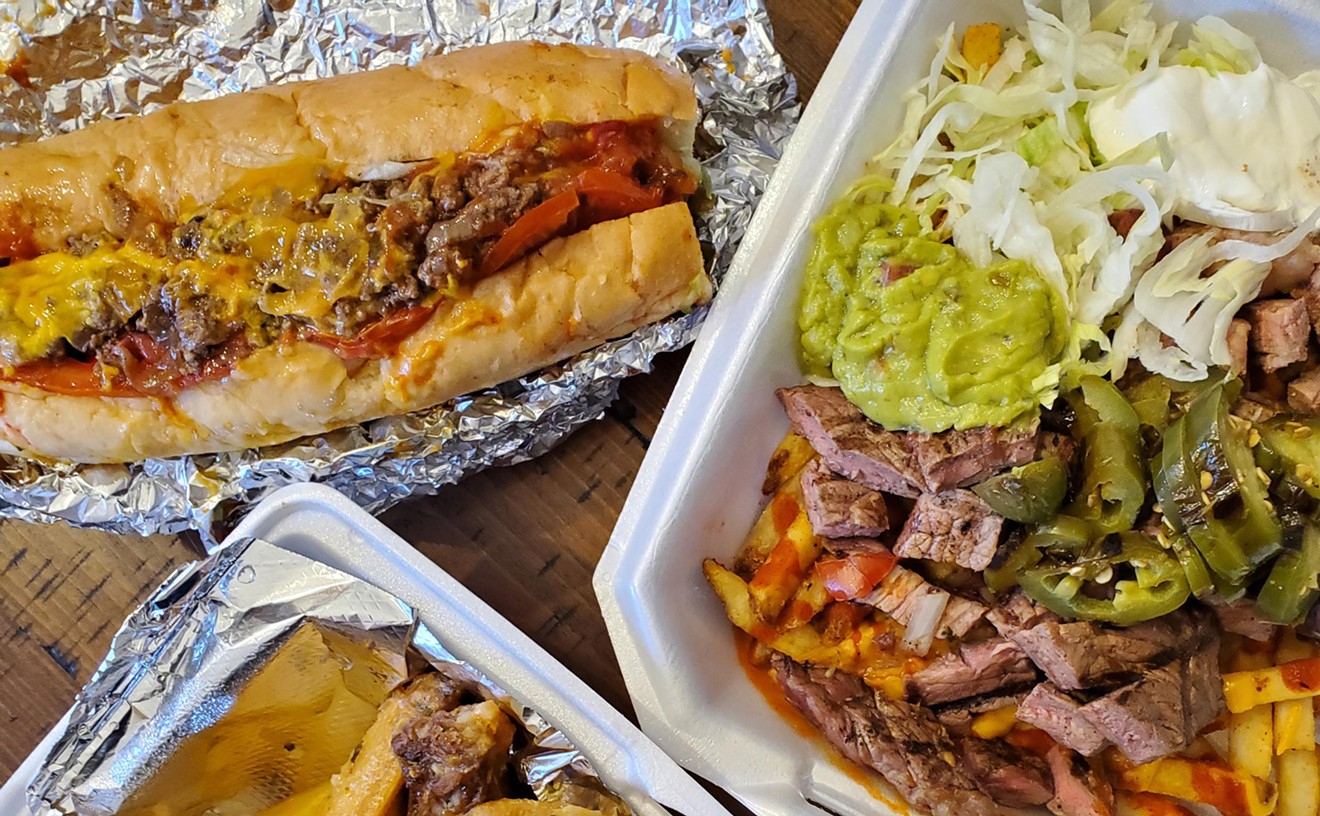Q. I always thought that bourbon had to be made in Bourbon County, Kentucky. But recently I have seen bourbons from other states, like Colorado and New York. Am I wrong? How is that possible?
A. A good question about a common misunderstanding. Bourbon can be made anywhere in the United States. There is a lot of folklore in the history of bourbon, but here it is an abbreviated version:
The original Bourbon County, in the Kentucky territory of Virginia, was established in 1785 and named for the House of Bourbon, the ruling monarchy in France. (The French were key in helping us defeat the British in the Revolutionary War, and in a fit of Francophilia, many Southern territories were given French names.) After Kentucky was granted statehood in 1792, Bourbon County was sectioned off into many smaller counties, but people still referred to the region as "Old Bourbon." In the area, there were many German and Scotch-Irish immigrants who were distilling in the old-world fashion, making clear spirits from rye and malted barley. Soon, they found that the predominant grain of the region, corn, was excellent for distilling, and it became the main ingredient in their spirits. This was the first corn-based whiskey ever produced, and a demand grew outside of Old Bourbon.
At the Ohio River port city of Limestone (now Maysville), "Old Bourbon" was stenciled on the barrels to indicate their port of origin. In those times, the only way to ship any liquid was in oak barrels that had been charred on the inside to seal them. By the time the "Old Bourbon" arrived at its destination, it had taken on the color and flavors of the barrel. This unintended result may have been the beginning of barrel aging.
James "Old" Crow, who distilled from 1823 to 1845, was the first to really put it all together: Corn as the predominant ingredient, barrel-aging and use of the sour mash process. He invented the process, in which the tails of a batch of whiskey are added to the mash for the next, to create consistency. As such, he is considered by most to be the father of modern bourbon, and Bourbon County the birthplace.
To be bourbon by law, it must be made from at least 51 percent corn, aged in new charred oak barrels for at least two years. No flavoring or coloring can be added. It must be distilled to no higher than 160 proof (80 percent alcohol by volume), barreled at no more than 125 proof (62.5 percent abv), and cannot be bottled at less than 80 proof (40 percentabv). And finally, it must be made in the United States.
In my opinion, bourbon is the quintessential American spirit -- created in our great nation of immigrants, revolutionaries and pioneers.
I leave you with a classic bourbon cocktail:
The Mint Julep 2.5 oz. bourbon whiskey .5 oz. simple syrup 4 sprigs of young fresh mint
In a highball glass, add simple syrup and eight mint leaves (from the bottom of the sprig) and press lightly with a muddler. Add 1.25 oz, of the bourbon and fill the glass with crushed ice. Stir with a barspoon until the glass frosts. Add more crushed ice and the remaining spirit. Stir again, garnish with a mint sprig.
Cheers! Post your questions for Sean Kenyon below, or write [email protected].










